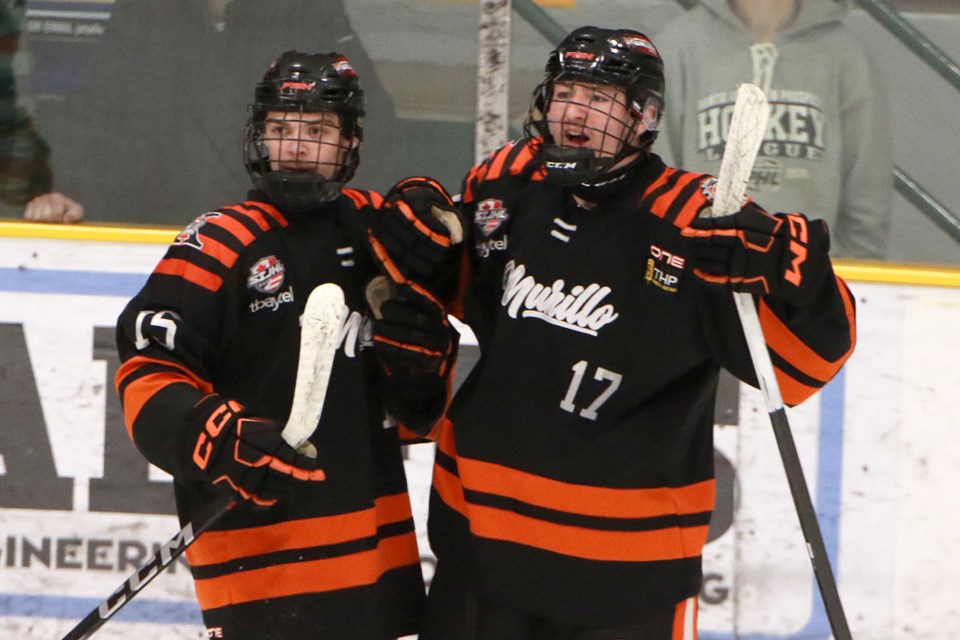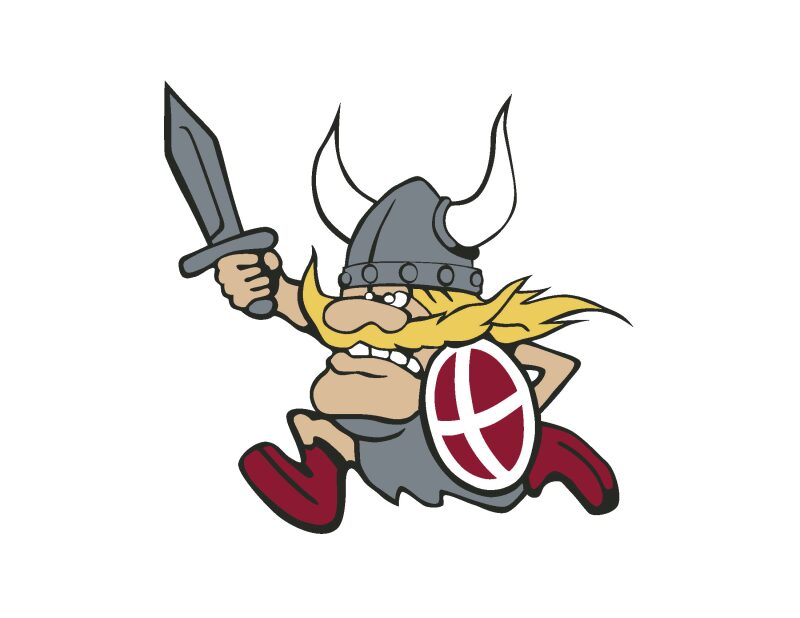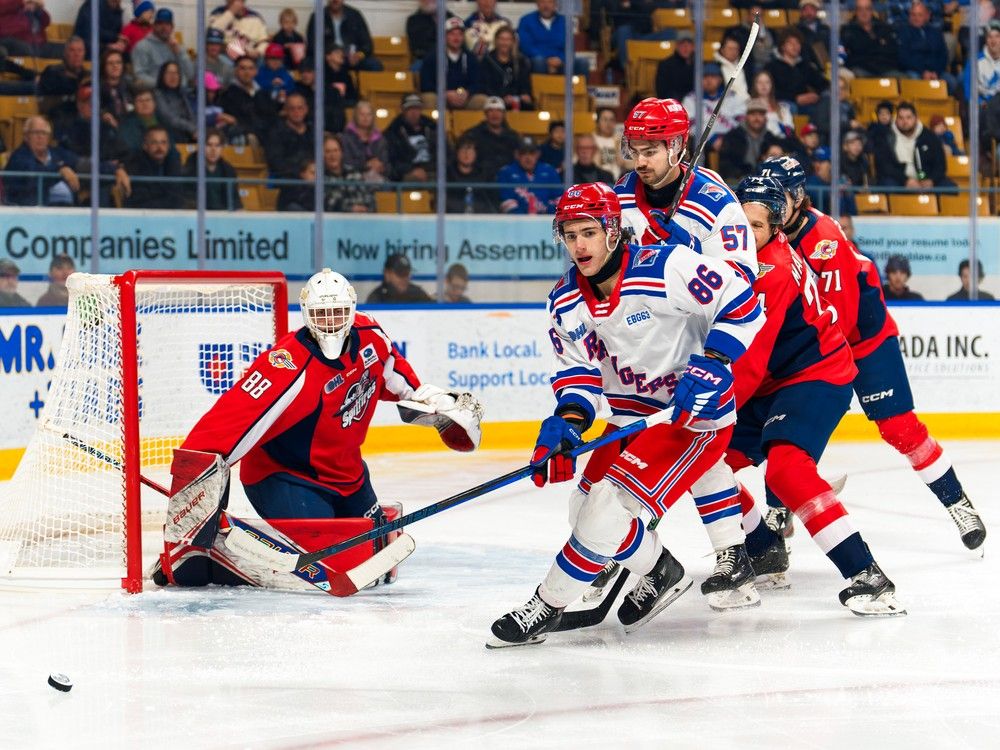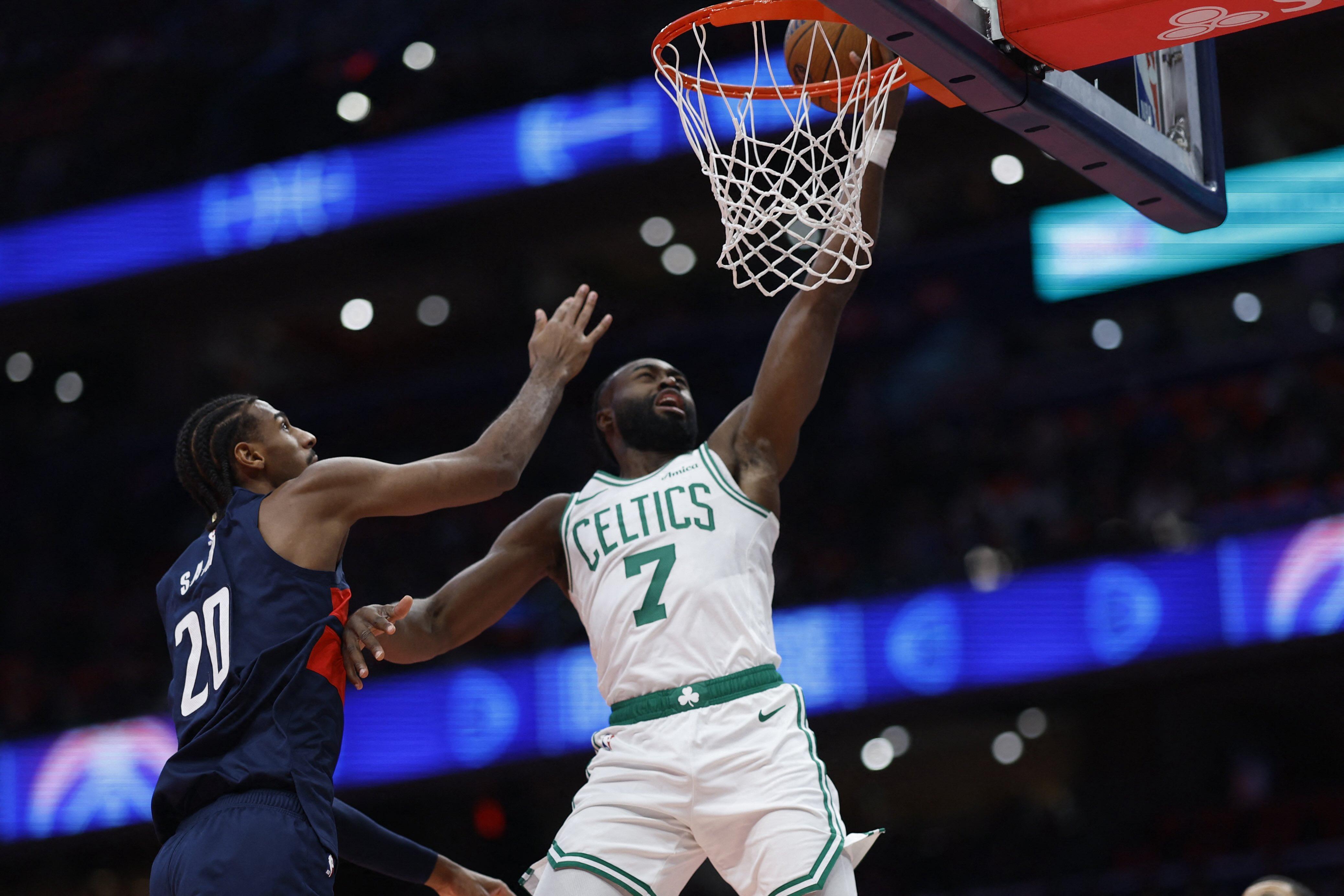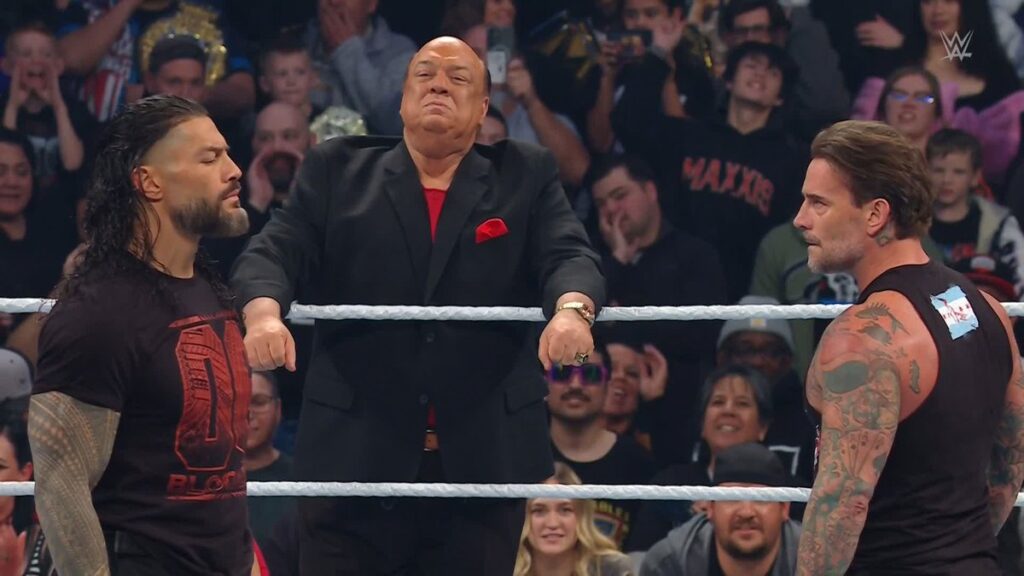
Anybody listening to Mike O’Shea’s season-ending session with the media on Friday shouldn’t have been the least bit surprised. The Blue Bombers field boss leaned heavily into some of his own mistakes in the Grey Cup, but had no regrets about the two fourth-quarter decisions that buried his team under another heap of heartbreak. That’s because they dealt with loyalty.
And if O’Shea has proven anything in his decade at the helm, it’s that he’s loyal, even to a fault. We’ve critiqued that trait in this space a few times, going back to the Matt Nichols era at quarterback. It reared its head again at last year’s Grey Cup, with O’Shea’s decision to play linebacker Adam Bighill and receiver Dalton Schoen, both coming off serious injuries to make surprise appearances in the championship game.
Last Sunday in Vancouver that loyalty was tested at crunch time, in the fourth quarter of a close game. Quarterback Zach Collaros was unable to feel his forefinger after getting it frozen and stitched up to close a gash, but O’Shea sent him back into the game anyway. Two interceptions later, the rout was on.
Five days later, the coach said he’d do it all over again. “You just believe in the guy ..
. all he’s done is win for us, and compete and lead,” O’Shea said. “He deserves that opportunity, absolutely.
” Collaros himself acknowledged going through an internal struggle: Should he go back in, or not? Was he helping his team or hurting it? I asked O’Shea if he had those same competing thoughts. “I didn’t,” he said. “You know your leaders.
I’ve seen the greatness guys achieve if we let them. I’ve seen what happens over time, especially as football has gone the way it’s gone, how we refuse to let players be great in big moments.” That’s when he brought up quarterback Chris Streveler’s heroic return from a fractured ankle and severe high-ankle sprain in the 2019 playoffs.
Baffling even his own medical staff, Streveler rewarded that loyalty by being a key part of Winnipeg’s historic, drought-busting Grey Cup run. “I go back to Strevy,” O’Shea said. “Just given the opportunity to strap it up and go, what that does for a team.
” So he told Collaros the game was his, frozen finger and all. Which brings us to the second part of the loyalty double-whammy that left everybody in blue and gold feeling numb on Grey Cup Sunday. Instead of telling his offence to go into beast mode – loading up with blockers and giving the Toronto defence a heavy dose of Brady Oliveira – O’Shea let offensive coordinator Buck Pierce do his job, unfettered.
Pierce wouldn’t have heard Collaros tell his receivers in the huddle they might have to come back for the ball more than usual. But he did see the Argos geared for the run. So he told his quarterback to take a shot, deep.
An interception and Toronto field goal later, he told him to keep throwing. Just as he’d told backup quarterback Terry Wilson, a rookie, while Collaros was getting repairs. Collaros’ sixth straight, frozen-fingered pass, on a third-and-three, went 61 yards the other way for the backbreaking Toronto touchdown.
“I’m never going to question the play-calling,” O’Shea said, his loyalty and belief in Pierce as solid as the podium he was standing on. At that point the two-time Grey Cup champion head coach tried to reel in the questioning, even if he understood it. “We’re trying to find blame and fault when that’s nowhere in our DNA of how we built this,” O’Shea said.
“We didn’t do our best in the Grey Cup. But I don’t think that should lead to all the questioning going on to a group that went 0-4, 2-6, a 10-1 run to get to their fifth straight Grey Cup. These are the same guys.
” I reminded O’Shea his own players — Oliveira and future Hall of Fame lineman Stanley Bryant, to name a couple – were still wondering, 48 hours after the game, why they didn’t get a chance to do what they’ve done so many times over the years. “We hadn’t really had success against Toronto like that,” he said. “Even the team for a moment in its rawness of a loss is searching for answers.
When you lose a Grey Cup, it’s not a day or hour. Flushing it takes six months until you show up for training camp the next year. You catch guys in a bad state.
” They won’t be able to hash it out in a team film session like they do all season. If they did, they’d see all kinds of costly mistakes: receivers not hanging onto catchable balls, defenders missing tackles, bad penalties and a fumbled punt return among them. They’d see one blunder their coach made, failing to call a timeout when his defence was caught a man short on the touchdown that gave Toronto an eight-point lead midway through the fourth quarter.
They’d also see a coach who’s steadfast in his support of them, continuing to believe they’ll find a way. It helped this team fight back to play in a fifth straight Grey Cup this season. “Our core values are our core values,” O’Shea said.
“That’s not going to change. I mean, you change if you have a different head coach.” After fielding questions for 30 minutes on Friday, O’Shea would have got right to work on fielding a team that will try to reach a sixth.
Same process, same guiding principles – loyalty near the top of that list. It’s just the O’Shea way. paul.
[email protected] X: @friesensunmedia.









